Rhipsalis Crispata – Mistletoe Cactus
$18.99 Original price was: $18.99.$13.29Current price is: $13.29.
- Shop with ease, buy with confidence.
- Free Shipping, Quality Goods
- High quality products, low prices.
- Quality You Can Count On

A subtle bundle of rippling ribbons tipped with pinkish hues gives this trailing cactus a softer, gentler feel than its cousins. The scalloped petal leaves delicately tumble and descend downwards, lending your space an atmosphere of calm and stillness.
The mistletoe cactus is known to bloom small creamy-white flowers along its trailing leaves, softening the aura in interior spaces.
Although Rhipsalis is a cactus, don’t think dry, arid landscapes. These are jungle cactus, native to the hot, steamy rainforests of Central and South America. They need warmth and high humidity.
Rhipsalis crispata – Mistletoe Cactus Care & Info Guide
Horty Hints
Hot to trot! The Rhipsalis crispata needs to be kept in a warm environment, ideally no lower than 16°C.
To increase the chance of blooms, this plant likes brightly-lit locations. A position with morning sunlight and afternoon shade would be perfect. Too much shade and the plant will not bloom and growth will be stunted.
Let’s get steamy! The Rhipsalis crispata requires high humidity so pop it in the bathroom to soak up that steam.

Light
The Mistletoe Cactus prefers bright, indirect light conditions, but will tolerate some lower light levels. Keep away from direct sunlight as this can cause leaf spotting and burning.

Watering
Try to keep things lightly moist. Water gently as the top of the soil starts to dry-out but there is still moisture at root level. In winter, allow the soil to dry-out a little more between waterings.

Temperature
Needs to be warm, with conditions from 16-25°C. Will not tolerate cooler conditions. Place away from cold drafts.

Humidity
Rhipsalis crispata has high humidity requirements. Ideally suited to kitchens and bathrooms where they can take advantage of any steam generated.

Feed
Apply a weak cactus feed during the summer months.

Height & Growth Rate
The Mistletoe Cactus is a fast-grower which can develop trails up to 1 to 2 metres in length. Cut back in early spring to desired size if it gets too long.

Toxicity
Rhipsalis are non-toxic plants and are therefore safe to keep around children and pets.

Origin
Rhipsalis crispata is native to the tropics of South America, specifically Brazil.
| SIZE: Pot Diameter x Total Height | 12 x 20cm, 14 x 40cm, 21 x 70cm |
|---|
Be the first to review “Rhipsalis Crispata – Mistletoe Cactus” Cancel reply
Related products
HOUSEPLANT STYLES
HOUSEPLANTS
HOUSEPLANT STYLES
HOUSEPLANTS
HOUSEPLANT STYLES
HOUSEPLANTS
HOUSEPLANTS









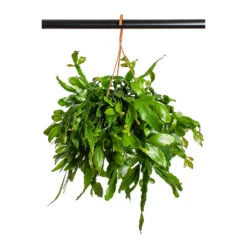


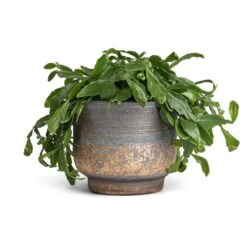





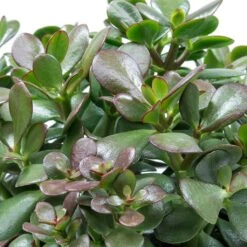

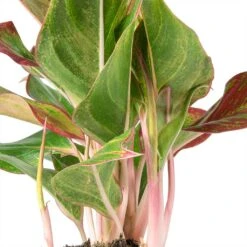
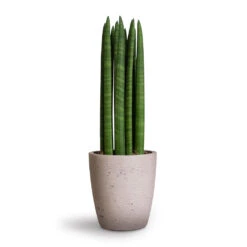

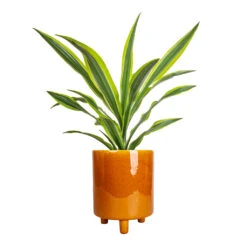


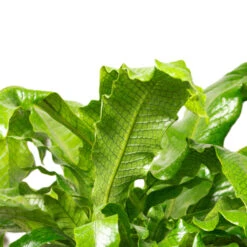
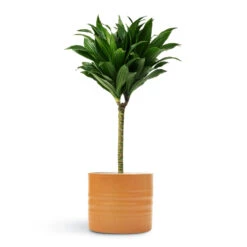
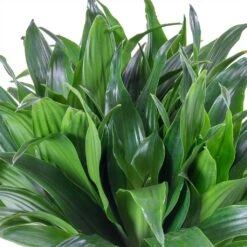



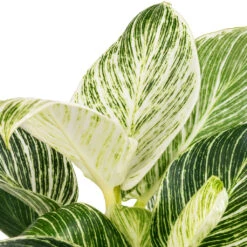
Reviews
There are no reviews yet.